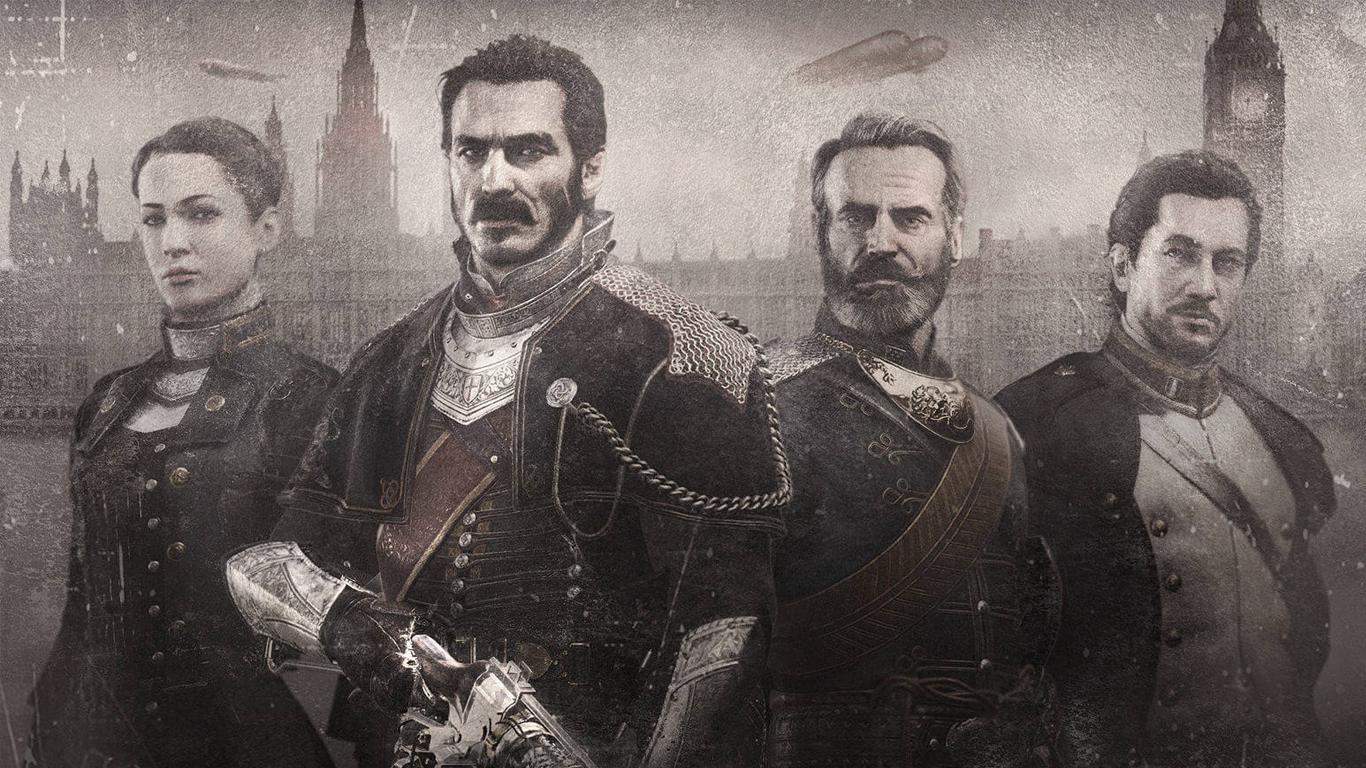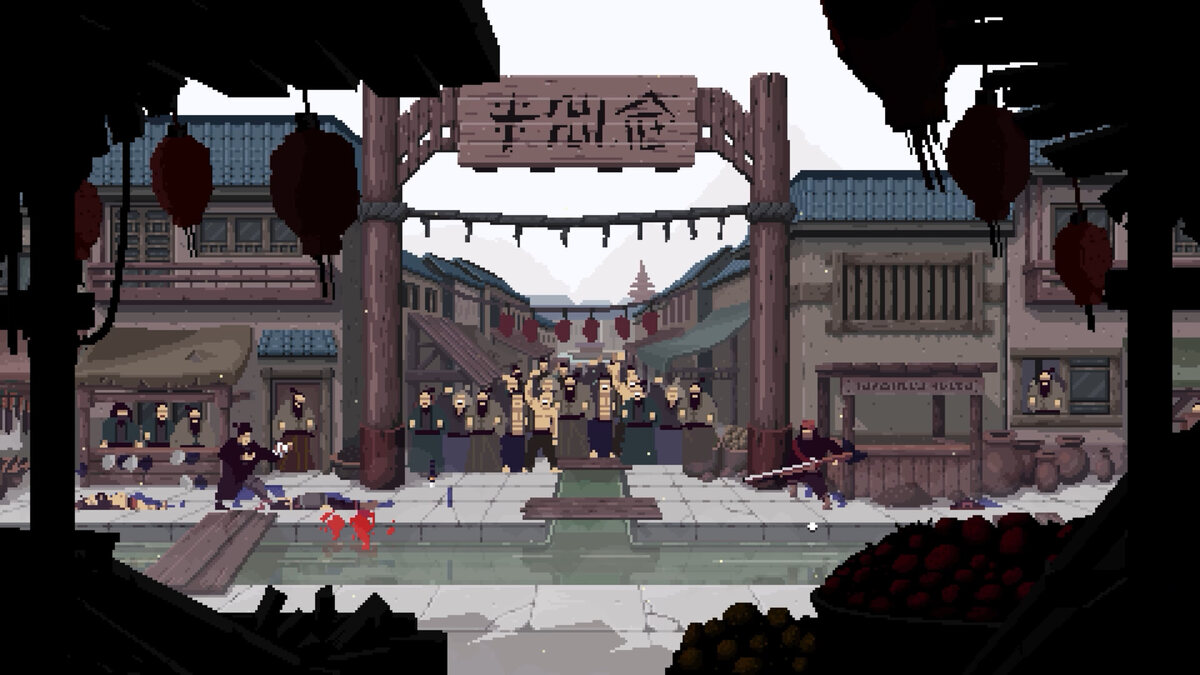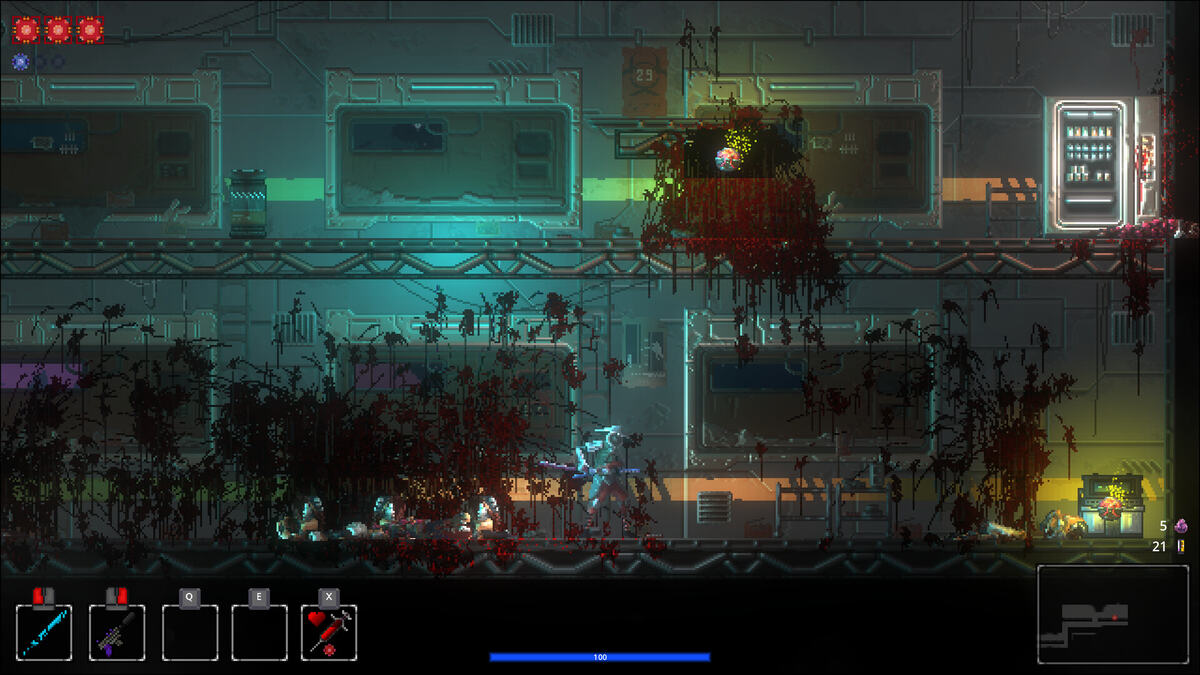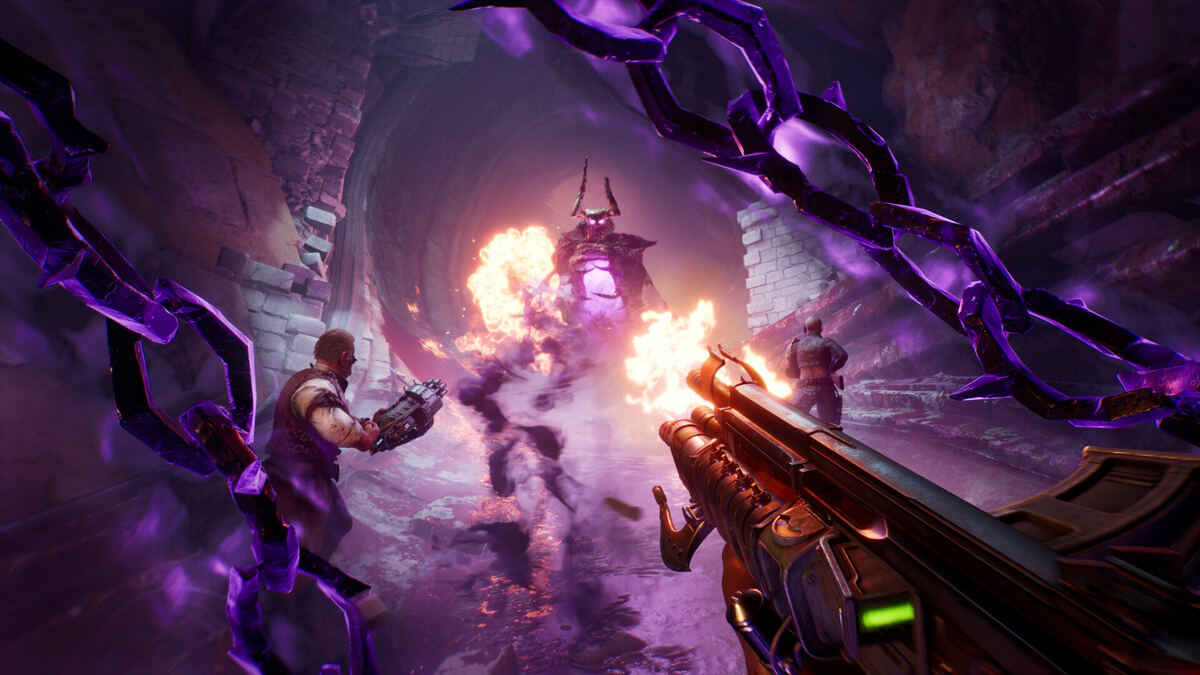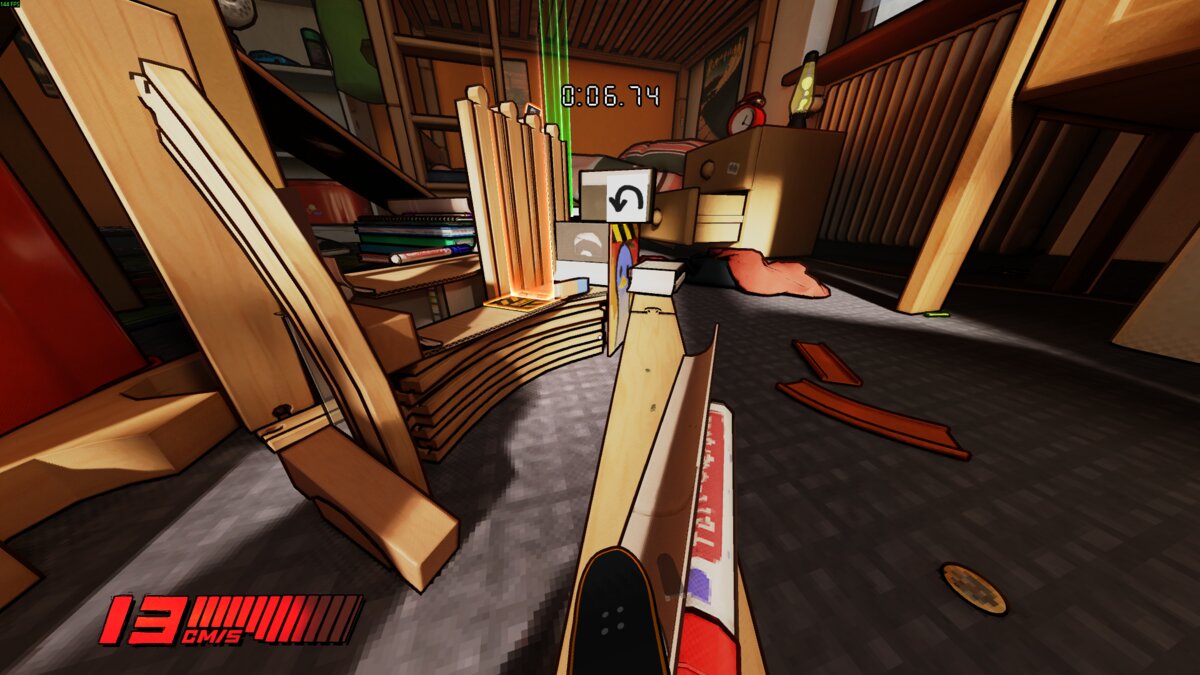You can trust VideoGamer. Our team of gaming experts spend hours testing and reviewing the latest games, to ensure you're reading the most comprehensive guide possible. Rest assured, all imagery and advice is unique and original. Check out how we test and review games here
The demo of The Order: 1886 I played at a recent Sony event may well have been one of the worst I’ve ever encountered. This is mainly because a lot of the game’s mechanics seem older than the year referenced in its title. It’s handsomely staged – a beautifully rendered, artistically interesting world with superb character models, dense environments, and nary a bit of aliasing in sight. But its moment-to-moment gameplay is so old-fashioned I’m surprised it doesn’t require an 8MB Memory Card (For PlayStation2) to save.
The demo started well enough, with players abseiling from the top of a giant airship to its lower quarters in a bid to sneak aboard. Sailing over London, gales blustering past and the river snaking through the city below, it was difficult not to be impressed. Visually, it is a cut above a lot of shooters, and its 19th century aesthetic supports its processing grunt nicely while also handling facial animation and hair very well (there are moustaches for days). Skulking around the ship’s decks reminded me of a Gears of War crossed with the trappings of Dishonored, something that I could appreciate for its setting and various intrigues and not just the shoot-bang of Bandanna Man.
Then it chucked in a stealth section so poor it made me want to write a remake of The Terminator where, instead of going back in time to kill the leader of the human resistance, I go back and kill whoever came up with the first insta-fail sneaking section. The need for covert action while infiltrating the ship makes sense, but the limitations the game places upon you do not.
For example: in order to kill sentries with your insane, Paul Hogan-shaming blade, players don’t just sneak up behind them and hit Triangle. Instead, the game requires you to jump through the hoops of timing-based QTEs. Some of these aim to add a bit of flavour to proceedings, slowing down time and tasking you with finding the right part of a wall to smash someone’s face into. Most don’t bother. They’re not particularly difficult, but are made incredibly annoying by the fact that, should you fail, your character instantly dies via cutscene. There’s no chance to atone for mistakes, despite the fact that you may very well still be in an advantageous position. If you mess it up, the guard is alerted and you die. See ya.
Insta-fail stealth sections are bad enough, and should have been criminally outlawed after the first Splinter Cell game. But The Order also fudges the way it conveys your enemies’ abilities. It’s difficult to know how far they can see, or to discern much about their other senses. Sometimes they spot you at certain distances, others not. (They’re also carrying lamps in this section, despite the fact that the area is brightly lit. Who knows.) Every time they spot you, you get blown away.
Presumably, this is to make the game more tense, more – sigh – cinematic. It fails to do either of these things, unless you have a habit of rewinding your movies every time someone is killed. The Order then compounds this misery by, right after the stealth sections are finished, deciding that being silent isn’t a necessity anymore, and – scarcely believably – your character pulls out a suppressed bloody gun for the next section, sniping from a balcony before all hell breaks loose. Why couldn’t I use this before? It’s regressive thinking, poor design masquerading as difficulty, and as frustrating as it is obsolete.
It’s a shame, because once the gunplay starts The Order immediately becomes about five thousand times better. It’s your standard third-person cover shooter, but little details help it stand out. While some artistic license has been taken with the weapons, with full auto and alternate fires present (as well as a slo-mo targeting mechanic), they often feel old and not especially solid, spewing bullets everywhere. They resonate with brute force, backed up with over the top ragdoll death animations. Blind-firing around or over cover is satisfying, especially when you blast enemies that are rushing to flank you. There’s a genuine tension here missing elsewhere: your character is vulnerable, and the game encourages movement and dashing to pick up enemy weapons.
Even so, there are issues. The section I played had me killing dudes for what seemed like forever, until they stopped spawning out of whichever cupboard they were all hiding in. Grenade spam was also a problem, but when the game cut loose, requiring players to fight through a kitchen to proceed, it was a lot of fun.
The Order could go either way. Its setting appeals, and it’s technically beautiful, if sometimes a little flat-looking. When you’re using your own skill, rather than having to play to the game’s tune, it’s very enjoyable, if not brilliant. Right now, however, it feels like a load of old ideas (including, of course, a lock-picking mini-game) backed with new-gen visuals but without the guile and skill that made those elements work for other games. And if the final game’s design features more of the thinking that informed the stealth section of this demo, it’s finished.
The Order: 1886
- Platform(s): PlayStation 4
- Genre(s): Action, Adventure, Shooter, Third Person

